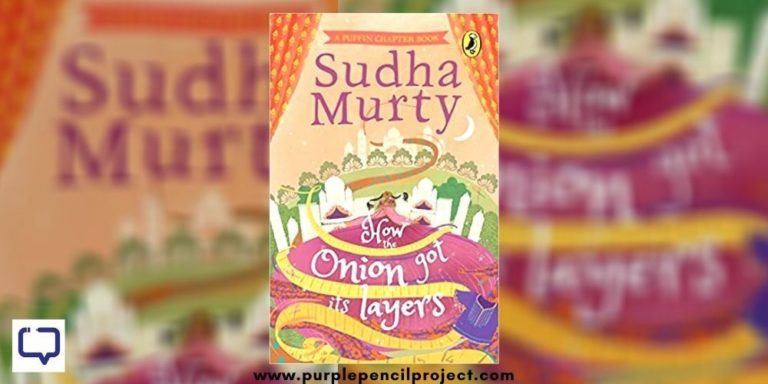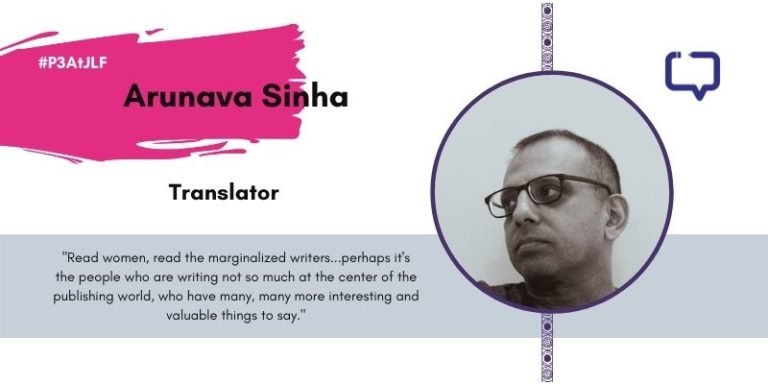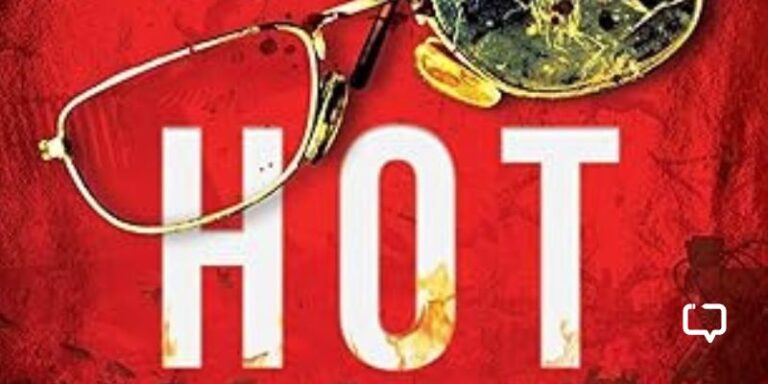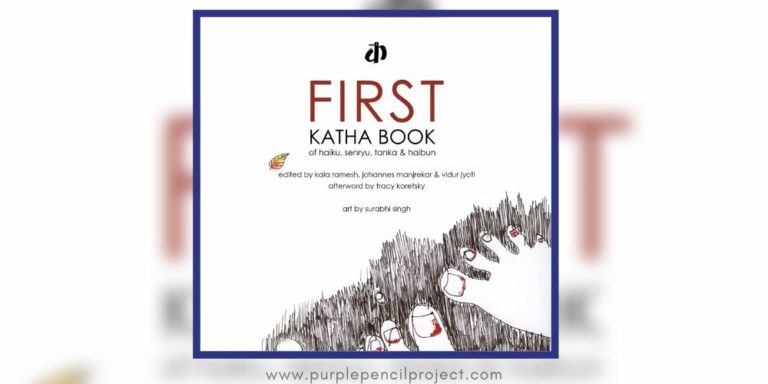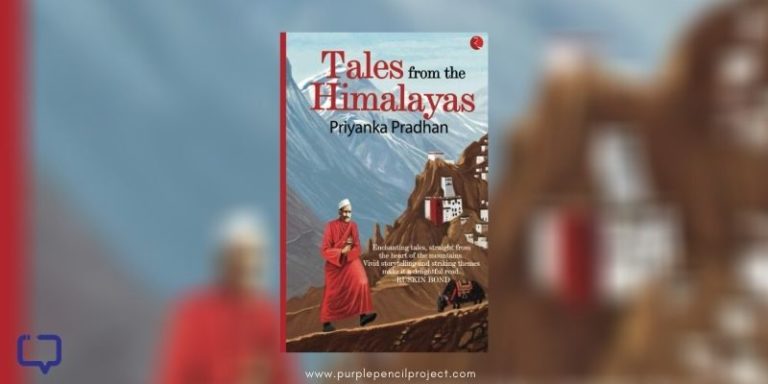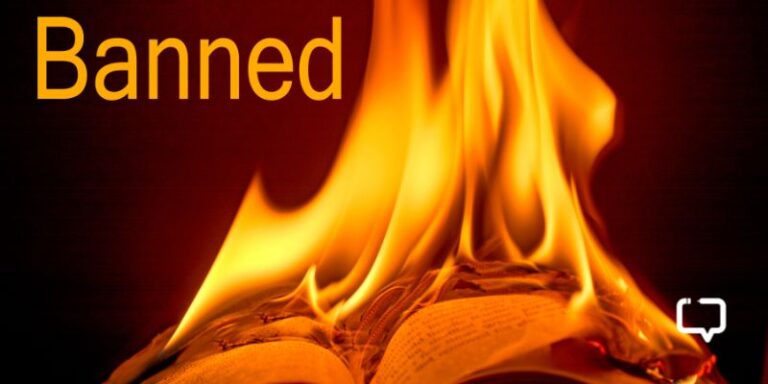August 17 is S. Hareesh’s second novel after the JCB Prize-winning novel, Moustache (Meesha). While Meesha carried a mythical character, August 17 is an alternate history. By employing an entirely imaginative historical framework, S. Hareesh reconfigures the history and politics at his disposal. While it is speculative fiction, it revisits the history of the region, people, and events. The Malabar migration – a significant episode in the history of Kerala- is also discussed in the novel.
Travancore – Hindu Supremacist Nation
In August 17, Travancore, a princely state in British India, remains an independent country even after India attained freedom. Despite discussions, coercion and armed interventions, Travancore under King and Diwan, Sir C P Ramaswamy Iyer chose to remain a sovereign nation without joining the Indian Union. Through the narrative of a spy, who goes by the names Bhasi or Avarachan, the novel unfolds the distinct political history of a nation – unlike any recorded Kerala history or of India for that matter. Through the course of the novel, growth and changes in Travancore, a steady establishment of a Hindu nation advocating Savarkar Hindutva ideology is witnessed. Even during succeeding Communist government’s time, furthering of Hindu nationalist fervor and arrangement along with totalitarian mode of functioning, strict regulations, surveillance, and erasure is continued. The co-mingling toxicities of communist authoritarianism and Brahminical Hinduism are made evident by S Hareesh in the novel and eventual rise of people’s will and freedom over all fascist power is portrayed at the end.
The insane, Basheer
Events in fictitious Travancore and the persons associated have hardly any association to their role in the real past because in the text, events are twisted, toppled down and the roles of persons engaged in it are removed from their real vocation. For instance, Basheer, character alluding to writer, Vaikkom Muhammad Basheer, is a revolutionary in Hareesh’s novel. Active in political marches and protests, editor of radical newspapers, and writer of revolutionary pamphlets, Basheer is also a wanted criminal in the State for attempting to murder the King. He is depicted as a teller of interesting, fictional stories rather than as a writer. Additionally, the insanity of Basheer adds more layers of imaginative realms in alternate history and in later he occupies a mythical standing of prospective hope in people’s mind. In addition, different political activists and social reformers like Pattom Thanu Pilla, Akkamma Cherian, Ponnara Sreedhar, K. C. S. Mani and Mannath Padmanabhan all come to the novel picture.
Conclusion
Alternate history itself is the focal point of the novel. The imaginative turn takes the reader into untrodden – unlikely, inexplicable, and mysterious – paths. S Hareesh explores the speculative aspect to all crucial events in Kerala history, and adds a distinct political dimension to it. The political aspect reflects present times and may initiate multiple readings in times to come. At some places, reading appears tedious, but as an alternate fiction, August 17 is indeed a commendable effort.
Best Quotes
‘Eda, manushyaru kandupidicha ettavum apakadamulla aayudham ethanennu para?’
‘Thokku?’
Utharam thettanennu ayal mindathe thannne marupadi nalki.
‘Peeranki?’
‘Raasayudham?’
‘Amerikkakkar undakkan pokunnennu parayunna bhyankara bomb?’
‘Athonnumalla, kadhayanu etavum bhayankaran.’ (p. 69)
The above-mentioned is nearly translated as:
“Do you know which is the deadliest weapon humans have invented?”
“Gun?”
Answer is wrong. He replied without even uttering a word.
“Cannon?”
“Nuclear weapons?”
The deadly bomb which Americans are going to make?
“None of these; story is the most dangerous.” (p. 69)











